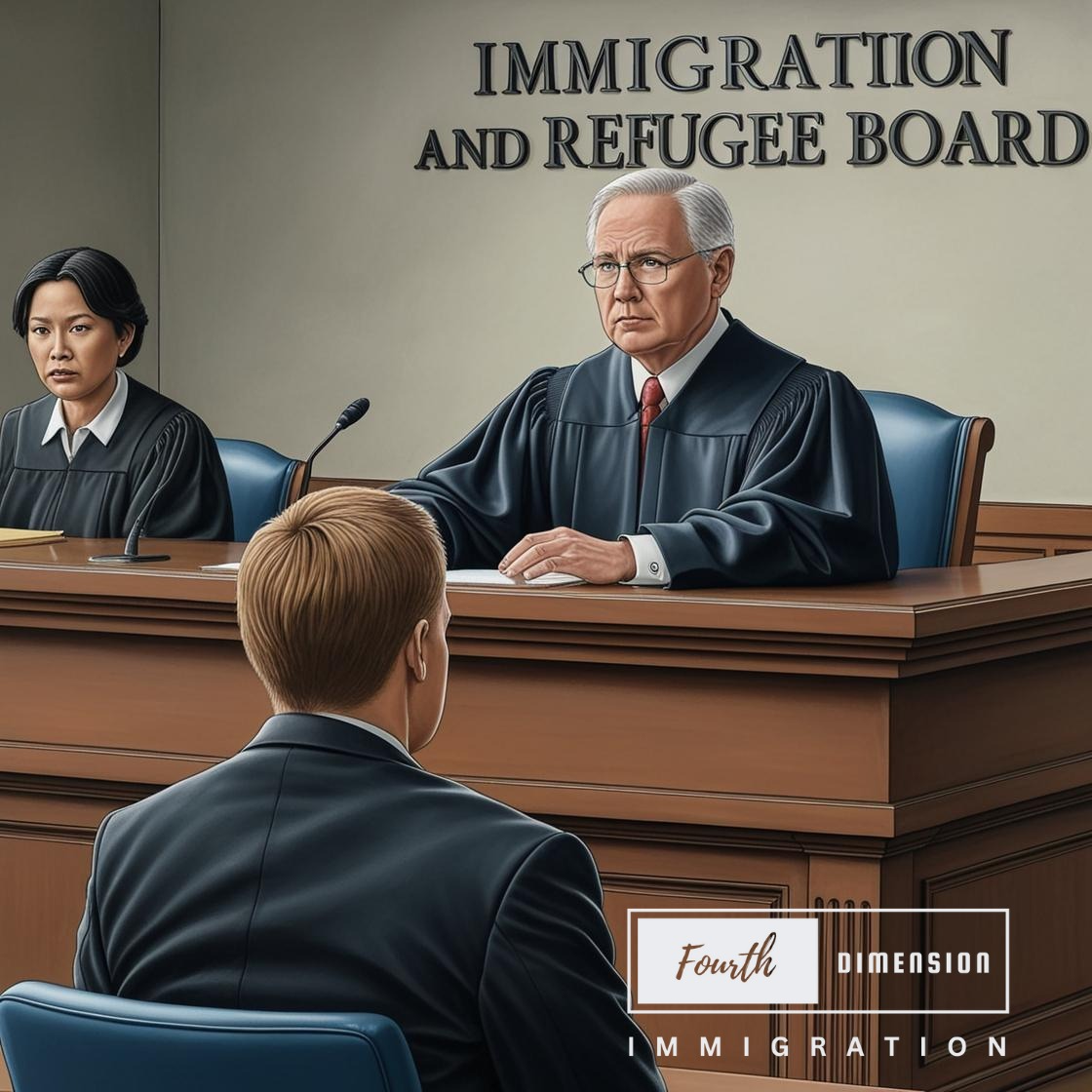Canada is known for its compassionate and fair immigration system, providing protection to individuals fleeing persecution and violence. If you fear for your safety or face threats in your home country due to reasons such as race, religion, nationality, or political opinion, Canada’s Refugee Claim Process may be the pathway to safety and permanent residency.
What is a Refugee Claim in Canada?
A refugee claims is a process that allows individuals who fear persecution in their home country to apply for protectionin Canada. This process ensures that those seeking refuge are not sent back to a country where they may face harm. If accepted, you can stay in Canada as a protected person and eventually apply for permanent residency.
Eligibility for Refugee Claim in Canada
To apply for refugee protection in Canada, certain eligibility criteria must be met:
- Well-Founded Fear of Persecution: You must be at risk of being persecuted in your home country based on your race, religion, nationality, political opinion, or membership in a particular social group.
- No Safe Alternative: You must not have a safe place to go in your home country or any other country.
- Timely Application: You must apply for asylum as soon as possible upon arriving in Canada.
- Criminal Background Check: Applicants cannot have been involved in war crimes, crimes against humanity, or serious criminal activities.
Steps to Make a Refugee Claim in Canada
Making a refugee claim involves several steps, which must be completed carefully to ensure the process runs smoothly:
- Arrive in Canada: You can make a refugee claim either at a port of entry (e.g., an airport, land border) or inland (at a local immigration office).
- Complete the Refugee Claim Application: Fill out the refugee claim form (available from Immigration, Refugees and Citizenship Canada), providing all necessary documents that support your claim, including any proof of persecution.
- Submission and Processing: Submit your claim to the Refugee Protection Division (RPD) for processing. Your claim will be reviewed, and a hearing will be scheduled.
- Prepare for Your Refugee Hearing: A hearing will take place where you’ll present evidence and testify about your need for protection. It’s advisable to have legal representation to assist with this process.
- Decision on Your Claim: The RPD will issue a decision. If successful, you will be granted refugee status and can apply for permanent residency.

What Happens After You Make a Refugee Claim?
- Work Permit: While your claim is being processed, you can apply for a work permit if you demonstrate that you need financial support.
- Health Care: The Interim Federal Health Program (IFHP) provides temporary medical coverage for refugees.
- Permanent Residency: If your claim is accepted, you will be granted refugee status and can apply for permanent residency after a period of time.
- Appeals: If your claim is denied, you may have the option to appeal the decision through the Refugee Appeal Division (RAD).
Why Canada is a Safe Haven for Refugees
Canada has a long history of providing refuge to individuals fleeing conflict and persecution. Some of the reasons why refugees choose Canada include:
- Strong Commitment to Refugee Protection: Canada adheres to international conventions and has a well-established framework for refugee protection.
- Healthcare & Education: Refugees are eligible for public healthcare and can access education and other essential services.
- Community Support: Canada offers various community-based programs and support services to help refugees integrate into Canadian society.
Benefits of Refugee Protection in Canada
- Safety: Canada provides a safe and stable environment for those fleeing violence or persecution.
- Permanent Residency: After being granted refugee status, individuals can apply for permanent residency and later, Canadian citizenship.
- Social Services: Refugees in Canada have access to social support services, including healthcare, housing assistance, and language training programs to ease integration.
Challenges in the Refugee Claim Process
While Canada’s refugee claim process is thorough, applicants may face challenges, including:
- Documenting Persecution: Gathering sufficient evidence to support your claim may be difficult, especially if documentation is unavailable.
- Delays in Processing: The refugee claim process may take time, and applicants often experience uncertainty while awaiting a decision.
- Legal Assistance: Legal complexity may require assistance from refugee lawyers or consultants to navigate the system and ensure that your claim is successful.
How to Get Legal Help for Your Refugee Claim
Navigating the refugee claim process can be complex and overwhelming. To ensure that you’re on the right path, it’s highly recommended to seek assistance from qualified immigration lawyers or refugee consultants. Additionally, there are many community organizations in Canada that offer valuable support and resources for refugees throughout the claim process.
At Fourth Dimension Immigration, we understand the challenges involved and are here to provide you with full support every step of the way. Whether you’re feeling uncertain or confused, our experienced team is ready to assist you with your refugee claim. Let’s connect with FDI, and we’ll make sure you have the guidance, resources, and support you need to navigate the process with confidence. We’re here to help!









3 responses to “Refugee Claim in Canada | How to Apply for Asylum and Protection”
Thanks for sharing this. The refugee process can be confusing and overwhelming, so having a guide like this can really help people understand their rights and options. Are there any organizations you recommend for legal help during the process?
Great article! It would be even more useful if you included some information about how long the process typically takes and what kind of support services are available to claimants while they wait.
This is a really helpful breakdown of the refugee claim process in Canada. I appreciate how clearly the steps are explained, especially the difference between inland and port of entry claims. More resources like this are definitely needed!